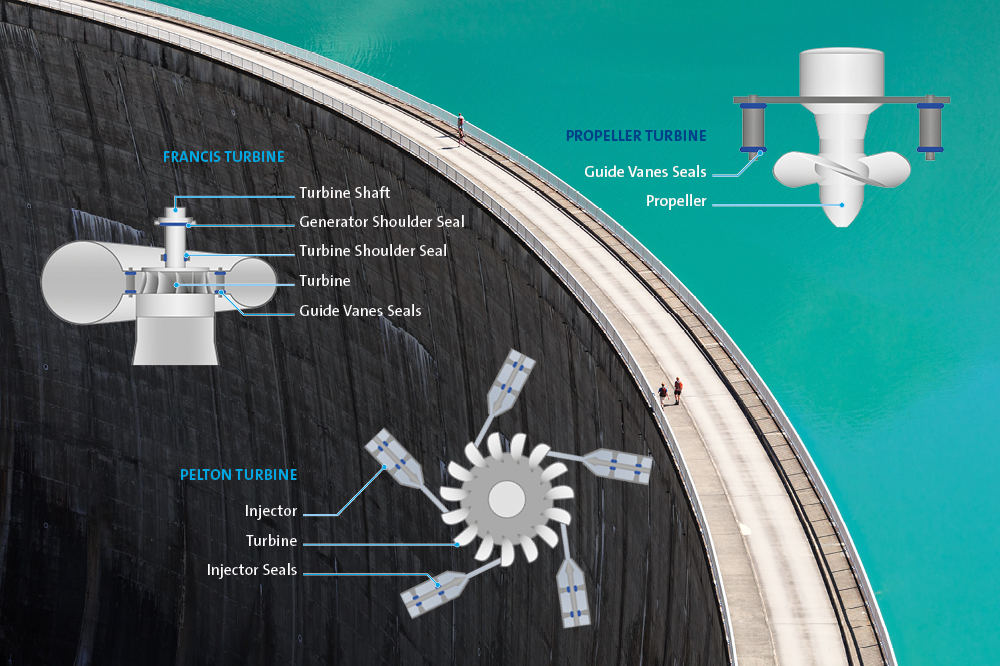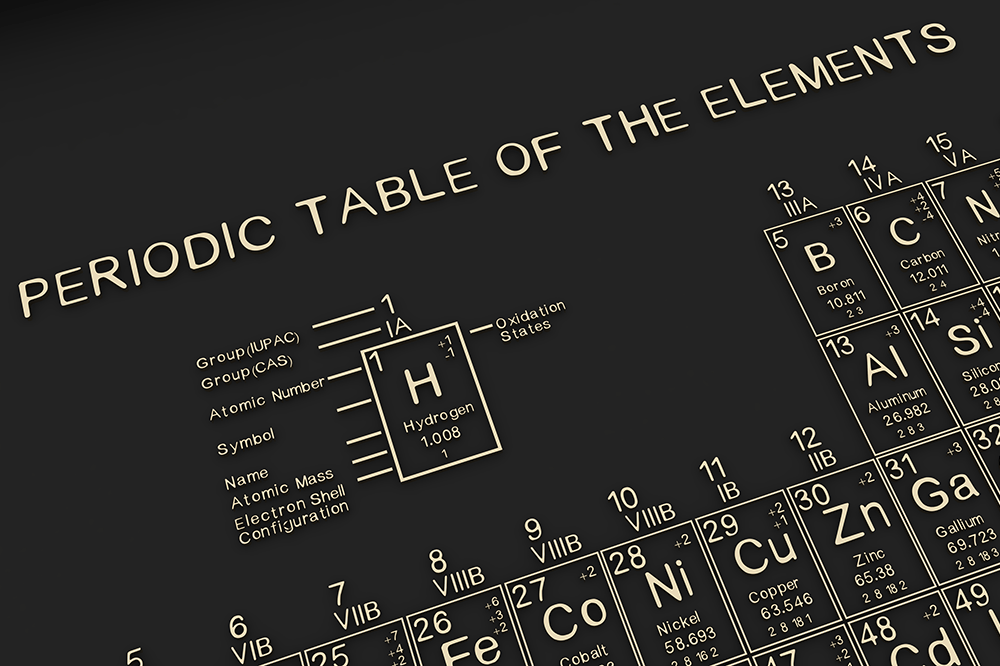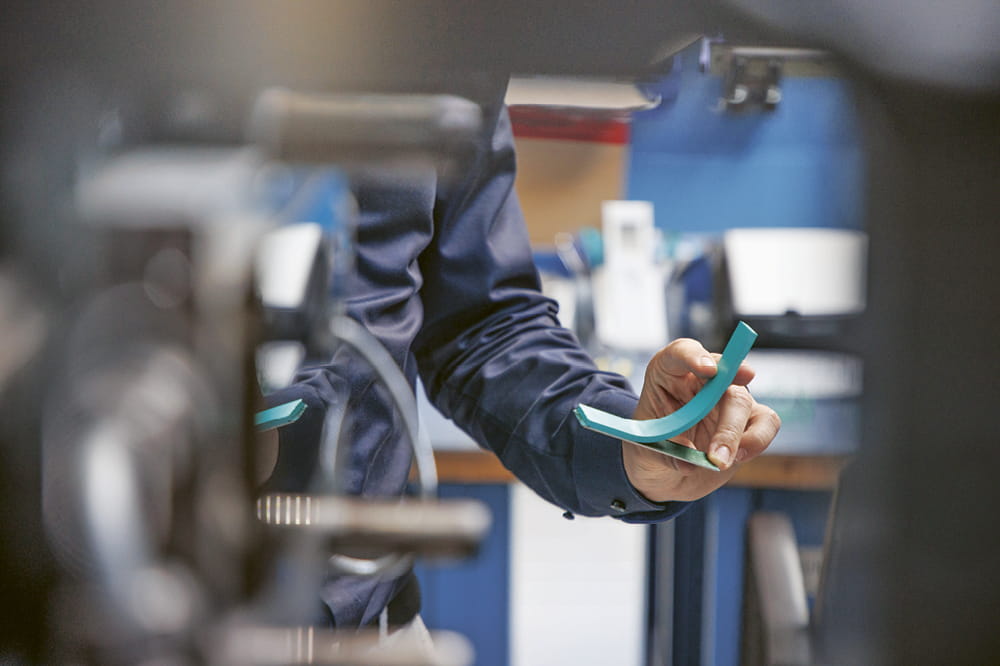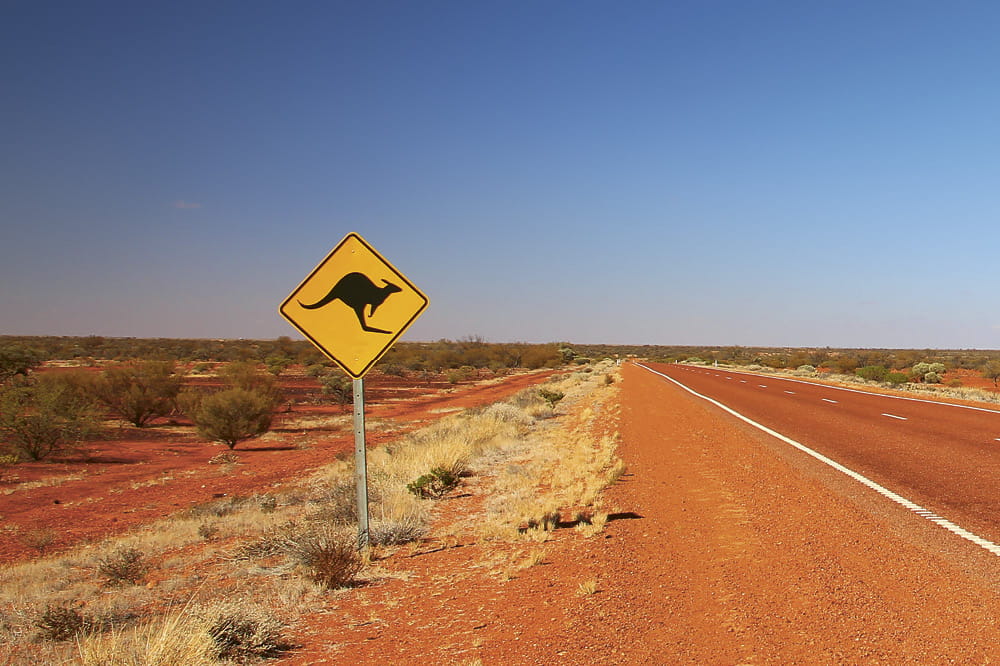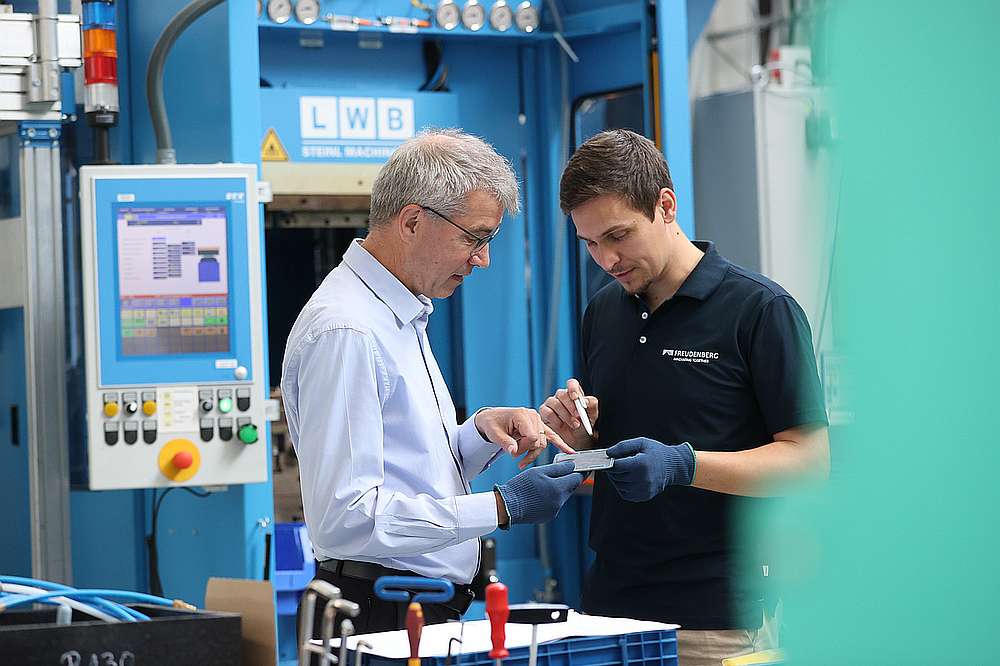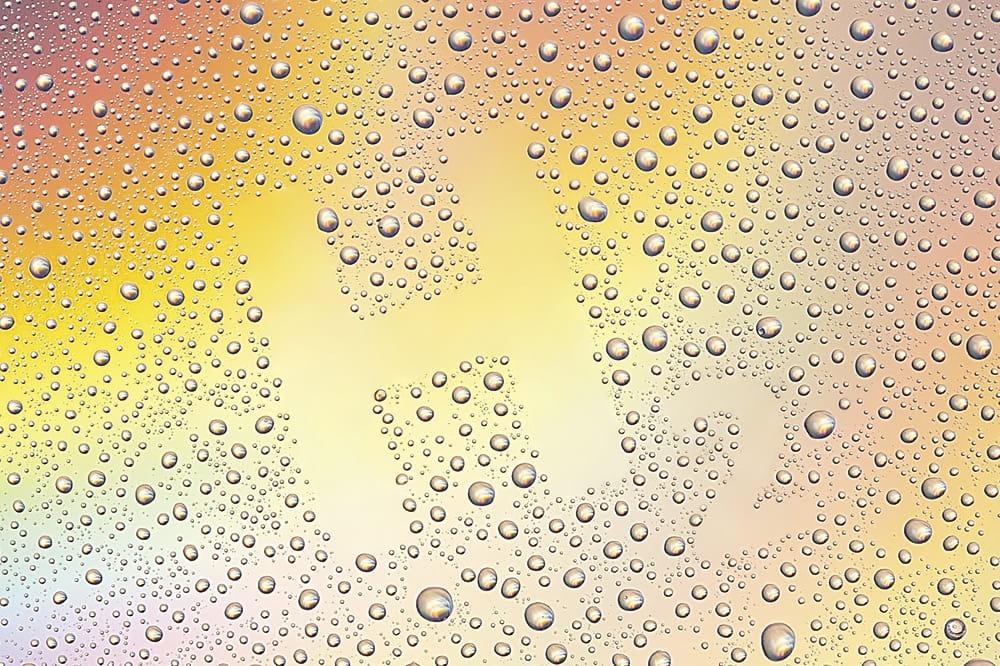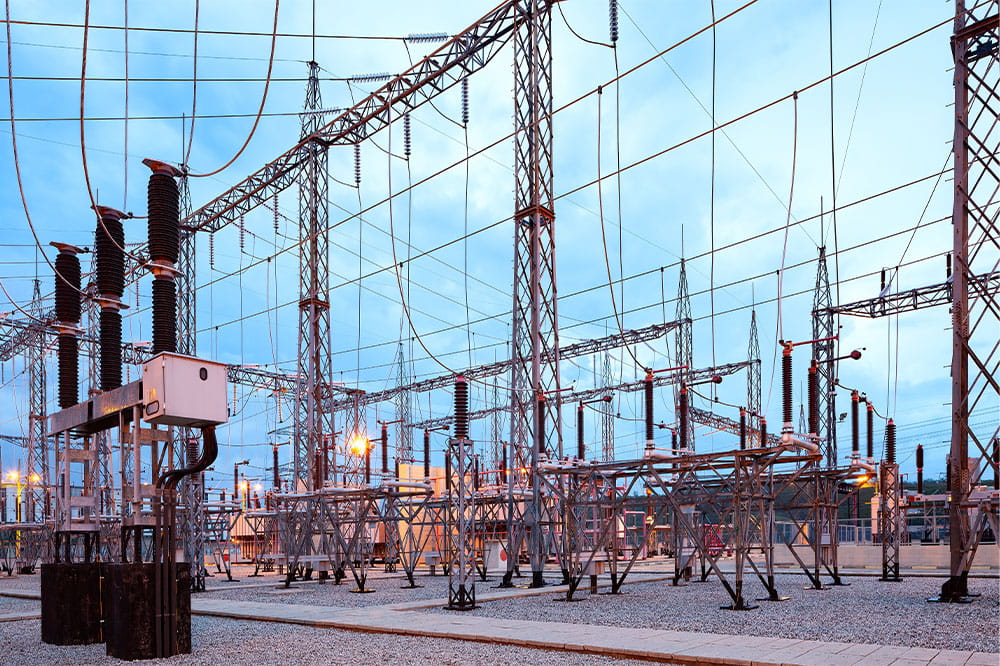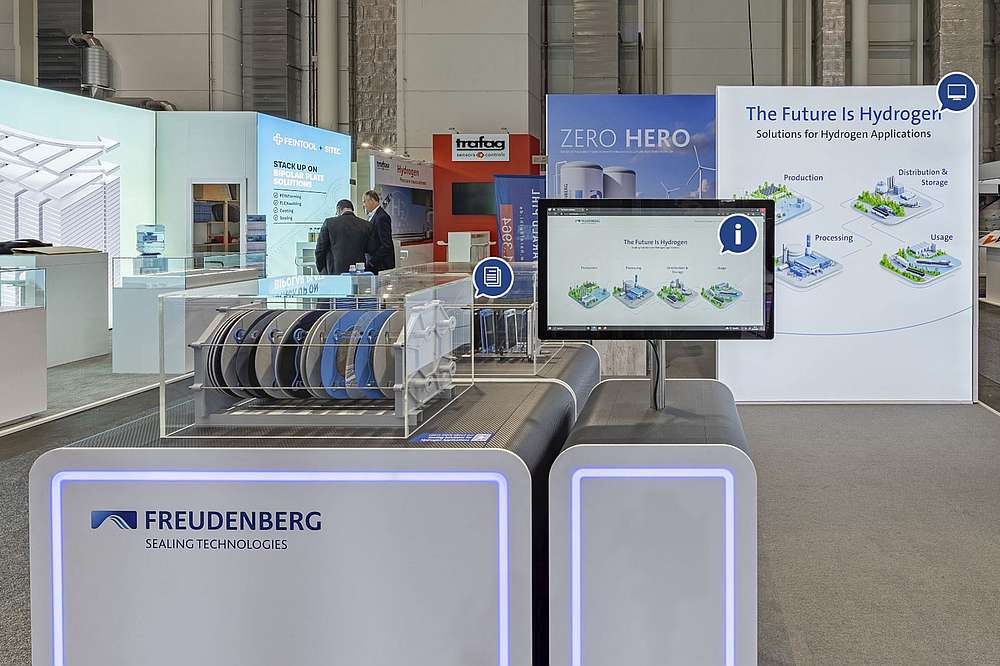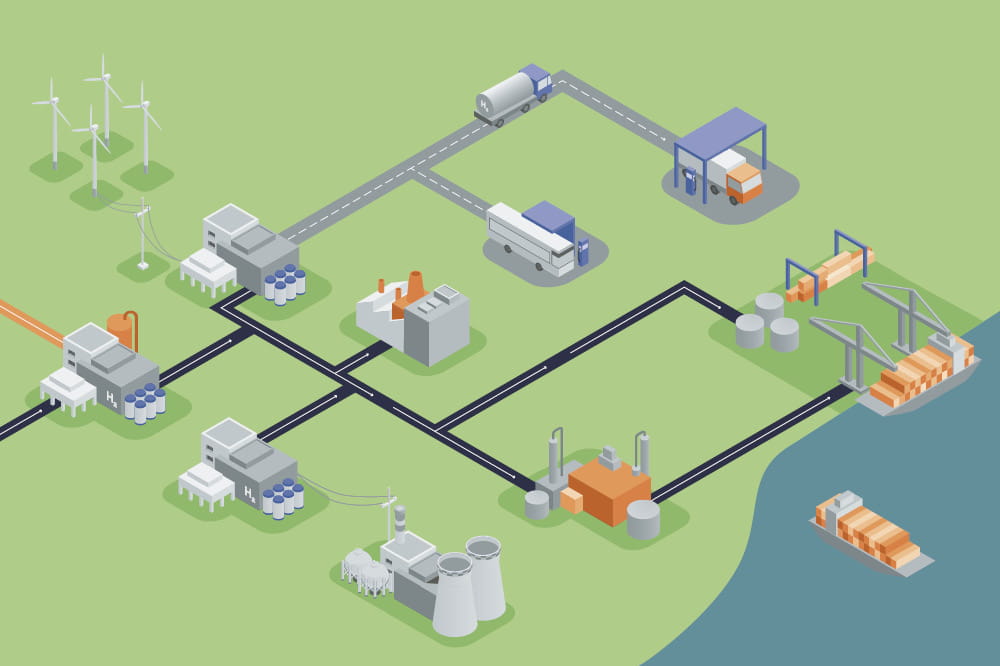Obtain news and background information about sealing technology, get in touch with innovative products – subscribe to the free e-mail newsletter.
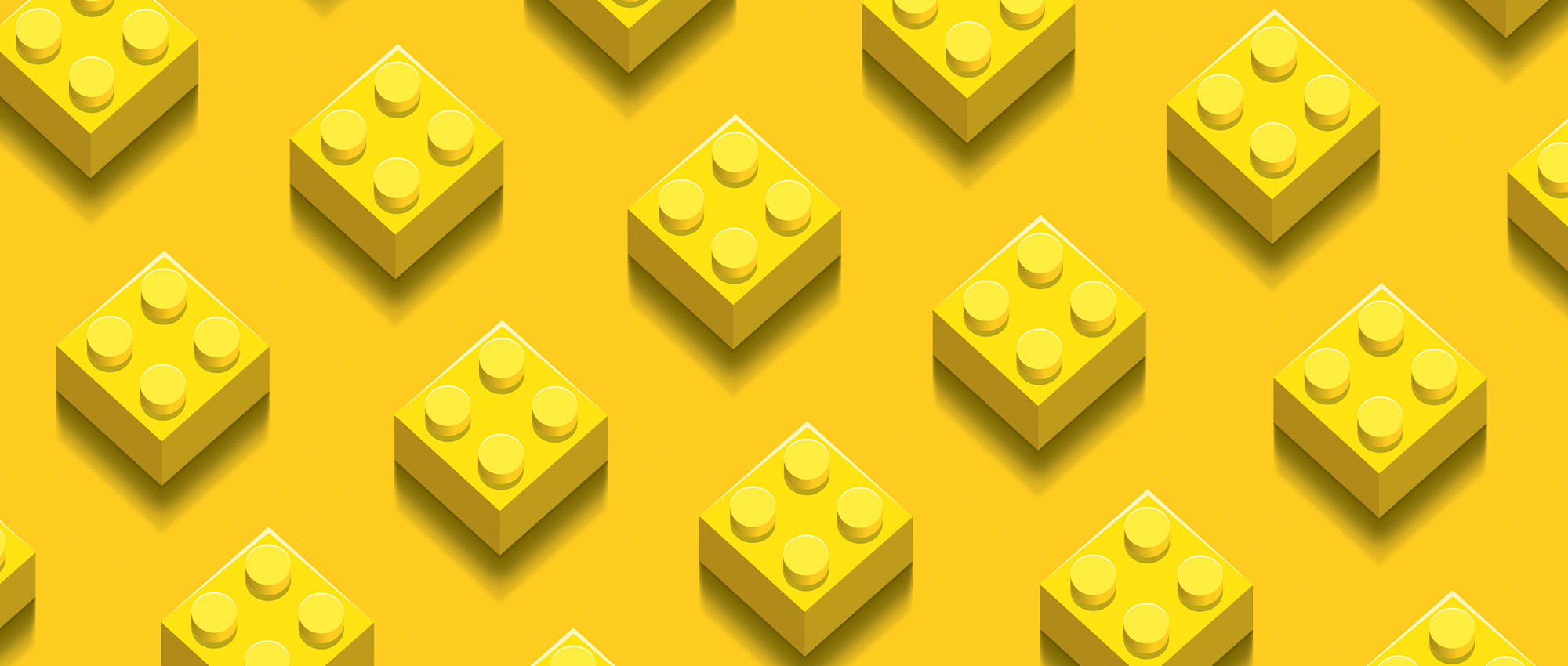
07.01.2020 | Story
From Wood to Plastic and Back Again?
Lego owes its fame as a company to plastic. But it’s not the single-use variety. Lego products tend to be sold or given away, not discarded. But the Danish toy manufacturer, which began its existence as a carpentry shop, still wants to become more sustainable.
Even the siblings of the Danish carpenter Ole Kirk Christiansen were skeptical. In the midst of a business slump, fully in the grip of a global economic crisis, Christiansen wanted to keep his company afloat by making wooden toys. But the banks balked, and it took a great deal of effort to persuade his siblings to guarantee the loan. Their question: Was there really a future in toys?
Plastic as a Niche Product
We now know whole story: The switch to toys was quite possibly one of the best decisions that Christiansen ever made, even though it meant leaving his business in windows, drawers and kitchen units behind. The new focus led to a company that is now the world’s largest toymaker with about 14,000 employees and revenue of nearly $4 billion US. Christiansen was always interested in new ideas and the first thermoplastics quickly aroused his interest, though they were just niche materials at the time.
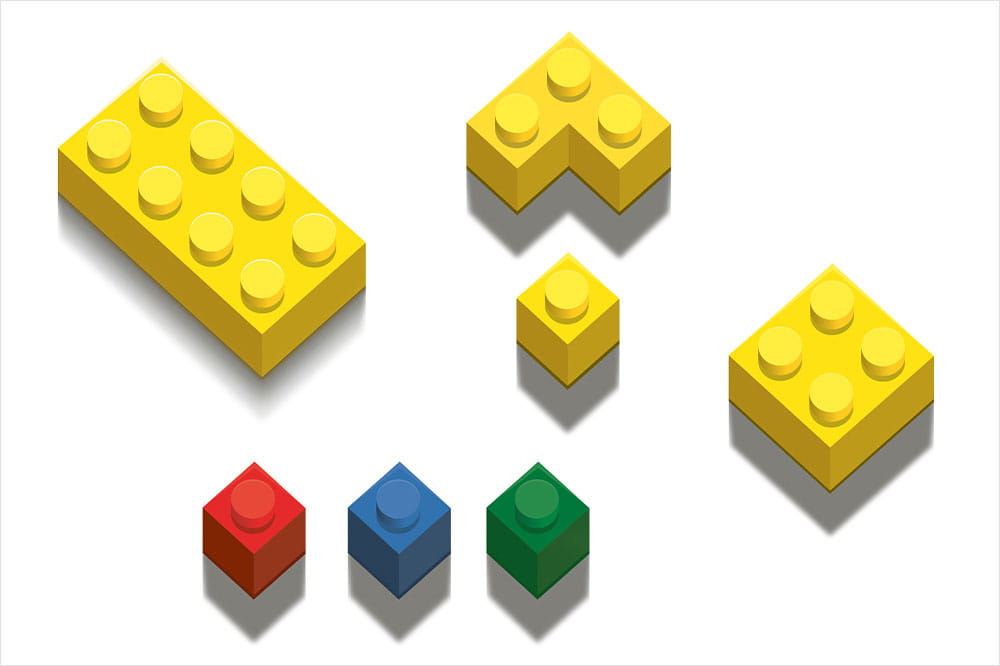
Rocket Engines, not Plastic Bottles
Then ABS was discovered. Acrylonitrile butadiene styrene copolymerizate has become the material of choice for anything that has to be impact-resistant, from motorcycle helmets to automotive parts – and even toys, which need to be colorfast, scratch-proof and bite-resistant. Lego has developed its own techniques to produce plastic in a hot runner system that is precise down to one-thousandth of a millimeter, guaranteeing that the knobs on Lego bricks are perfectly sized for a good fit.
The Search for Alternatives
Lego’s objective is to exclusively use sustainable materials by the year 2030 – on its own initiative, since the company has largely been spared the controversy over plastics. Its products are far more likely to be passed down to other children than discarded. But the search for alternatives is turning out to be more difficult than expected. The other options are proving to be too brittle, too soft, or not colorfast enough. That means ABS apparently has some unbeatable advantages. On the other hand, people were saying the same thing about wood back when the company was founded.
To find out more about Lego’s history as a company, plastics as a building block of success, and the search for alternative materials, see the current edition of our magazine ESSENTIAL: “Plastic – Breakthrough and Burden.”
The magazine’s current focus is on plastics. It looks at single-use plastic products as a problem – and how we can deal with it. But the edition also considers whether plastics can be a solution.
More news on the subject Sustainability

Join Us!
Experience Freudenberg Sealing Technologies, its products and service offerings in text and videos, network with colleagues and stakeholders, and make valuable business contacts.
Connect on LinkedIn! open_in_new